Poetry and Literature
Poetry and Literature
Language in the Community
Language in the Community
Torwali is a Dardic language spoken by a community of about 80,000-100,000 in the idyllic valleys of upper Swat district in north Pakistan. It is one of the Pakistan’s 28 ‘definitely endangered languages’ as categorized by UNSCO in its Atlas of World’s Languages in Danger .
In 2007 a team of community researchers started the work of its ‘preservation and promotion’ by organizing their efforts in a local civil society organization Idara Baraye Taleem-o-Taraqi (IBT) or Institute for Education and Development. Since then the organization has been undertaking a number of revitalization initiatives targeting youth and children.
In Pakistan various linguists and organizations have undertaken a number of similar initiatives. But most of these good initiatives are only focused on ‘documenting’ the languages in question. Some of them altogether ignore the importance of ‘revitalization of cultures especially the music’ because many of these language activists found themselves thwarted by their Islamic faith because an overwhelming majority in Pakistan now thinks everything through a religious prism. This often makes the whole endeavors of preservation and promotion of these languages ineffective.
But the organization Idara Baraye Taleem-o-Taraqi (IBT) has taken a holistic approach for the preservation and revitalization of the endangered language, Torwali.
Initially IBT has developed orthography for the language; and based on that it established schools for children in their own language. The curriculum for the kids contains rhymes and poems.
Secondly, IBT started a campaign in order to repackage the poetry and music so as to popularize it among all the community members relevant to all ages and genders.
In Torwali music there has been only one genre of music called żo. This has been sung in one way only since centuries. This genre is very much liked by the elderly men and women but the youth and children, being influenced by modern Urdu and Pashto music, don't like this genre much.
In the past, when the people of this community were less exposed to the dominant music and cultures, there used to be many poets, women and men alike, of żo as people used to have their own cultural events and gatherings.
In order to popularize the music, dances and traditional games among the youth IBT held a three-days indigenous cultural festival in 2011 with the name of Simam. In the festival youth sang Torwali songs in modern ways with modern themes. Though the way they sang was a bit of imitation of Pashto singing yet it popularized the Torwali music in the youth.
In 2015 IBT undertook a Cultural Revitalization project wherein new songs are being produced and sung in a modern way where the ‘modern’ and ‘traditional’ will have a fusion.
My paper is focused on the work done by IBT for Torwali music, its significance to foster identity based development; and, of course, the challenges it poses for the linguists, researchers and musicians.
URL
https://www.academia.edu/30142751/Torwali_music--the_case_of_indigenous_folk_mu…
Recommended Resources
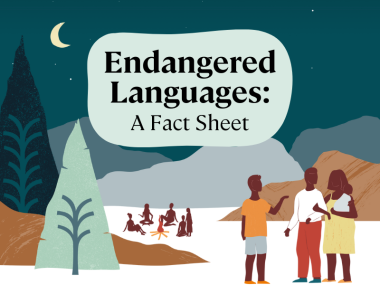
Outreach and Awareness
Outreach and Awareness
Language Diversity and Language Endangerment
Language Diversity and Language Endangerment
Submitted by
ELPPublished on:
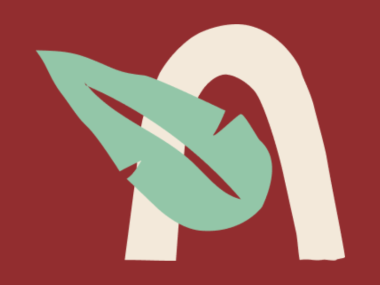
Poetry and Literature
Poetry and Literature
Multilingualism and Bilingualism
Multilingualism and Bilingualism
Language Learning and Teaching
Language Learning and Teaching
Creating Digital Materials
Creating Digital Materials
Submitted by
ELP CommunityPublished on:
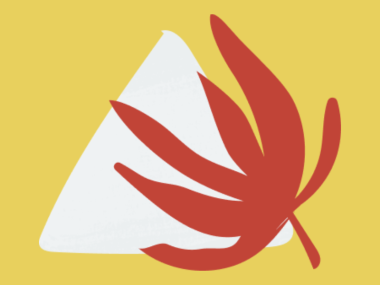
Storytelling, Orality, and Verbal Arts
Storytelling, Orality, and Verbal Arts
Visual Arts, Artisanry, and Crafting
Visual Arts, Artisanry, and Crafting
Reading and Writing
Reading and Writing
Submitted by
Stuart A BlairPublished on:

video
video
Video
Video
Language in the Community
Language in the Community
Language Documentation
Language Documentation
language documentation
language documentation
Submitted by
ELP CommunityPublished on:
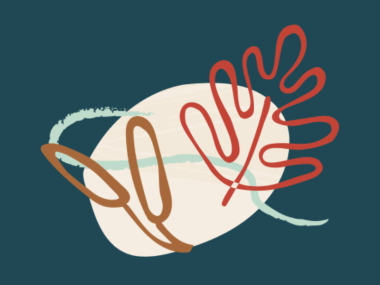
video
video
Video
Video
Outreach and Awareness
Outreach and Awareness
Language Learning and Teaching
Language Learning and Teaching
Submitted by
ELP CommunityPublished on:
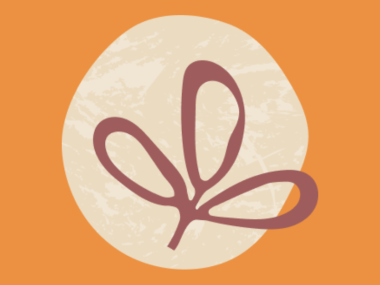
Music, Dance, and Performing Arts
Music, Dance, and Performing Arts
Preschool/Early Childhood
Preschool/Early Childhood